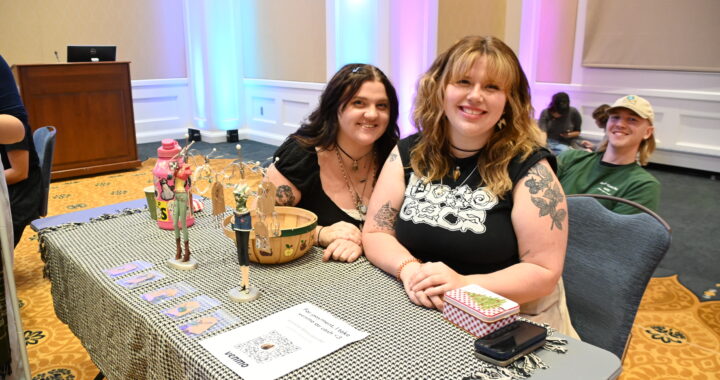‘The Help’ Showcases Incredible Characters
2 min readBy ANDREA FORCUM
Walking the precarious road of racial tension in 1960’s Mississippi, Kathryn Stockett’s “The Help” weaves together the lives of three women, two African American maids and a young white southern girl, all of whom are trying to find their way.
Stockett’s masterfully narrated tale begins and ends with the endearing Aibileen, an African-American maid who has spent her life raising white children and cleaning their homes.
We also peer into the life of Minnie, a feisty maid with a pension for trouble. Her spirited inner-and outer dialogue is enough to make her a fan favorite right out of the gate.
Then there is Skeeter, the daughter of a cotton plantation owner trying to find her place after graduating college without her M-R-S. When she returns from college, she looks around and quickly realizes the ridiculousness of her home life.
In Skeeter’s pursuit of publishable writing, she asks Aibileen to give her take on what it was like to work for white families all of her life. The inherent dangers of a book like that are, if not at first apparent, very clear by the reaction of the characters.
Stockett’s characters are the kind that make you feel as though you’re losing a friend when the book ends. They are charismatic and imperfect, the best combination. The tale itself is engrossing, with little bits of misinformation and mysteries in the subplots to keep the reader enamored.
Some criticism has been raised against Stockett for her undertaking of something this inherently difficult to properly represent.
When junior Ashley Gaston was asked how she felt Stockett handled the racial issues of “The Help” she said, “I feel like it was handled well; it was truthfully represented but not entirely represented.”
Stockett herself has said as much about her story. In the afterword of “The Help” she stated, “I am afraid I have told too little. Not just that life was so much worse for many black women working in the homes in Mississippi, but also that there was so much more love between white families and black domestics than I had the ink or the time to portray.”


